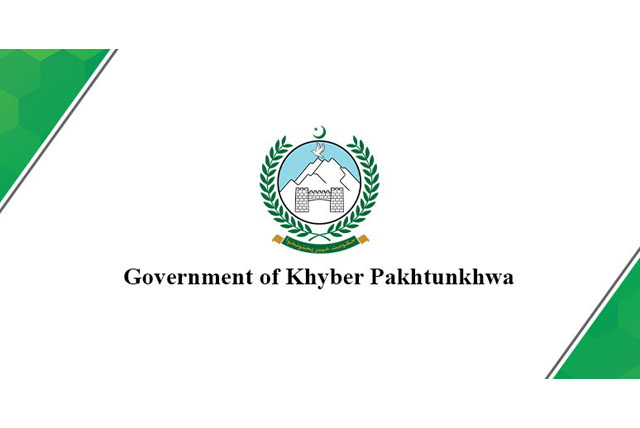The recent rupee devaluations have boded well for the Pakistani Textile sector, as exports of the textile sector have increased by about 9% in the fiscal year 2017-18. This is the first time that exports of the textile sector for an entire fiscal year have grown since the fiscal year 2014.
This increase comes about despite a 1.94% year on year decline posted in the month of June 2018 when the country exported textiles worth $1.19 billion, compared to exports worth $1.22 billion in June 2017.
Since December 2018, Pakistani rupee has lost about 18% of its value compared to the dollar. While this development has made the prices of our textile export products cheaper to foreign buyers, it was not the only factor behind the increased exports the industry has witnessed over the year.
Prime Minister’s export package with incentives worth Rs 180 billion has also played a crucial role in bringing a much-needed turnaround in the textile export industry that had been witnessing a continuous decline since the fiscal year 2014.
In May 2018, Economic Coordination Committee (ECC) of the Cabinet approved an extension of the Prime minister’s export package for another three years lasting up to June 30, 2021.
Pakistan’s qualification as a GSP Plus beneficiary country with the European Union has further helped the industry expand its exports as most of its competitors, specifically China, Columbia, India, Indonesia, Thailand and Vietnam are not eligible for the GSP Plus Scheme. Bangladesh is the only other country in South Asia and the South East Asian region with duty free access into the EU, under the “Everything But Arms (EBA) arrangement with the EU.
Among the key textile exports of the country, in the month of June 2018, exports of cotton yarn increased by 13.4%, while those of cotton cloth and knitwear rose by 7.6% and 0.97% respectively, compared to the corresponding month of the fiscal year 2017.
Export of towels, on the other hand, fell by 20.7% while those of ready-made garments and bed wear fell by close to 3% and 2.35% respectively, on a year on year basis.
While not the largest part of textile export portfolio, exports of raw cotton have jumped by a remarkable 257% in the month of June 2018 over the corresponding month of the previous fiscal year. This jump in export value for raw cotton is largely the result of a significant jump in international cotton prices over the year. Naturally, with a weaker rupee, price of raw cotton from Pakistan has become a lot more competitive over the year in the international arena and has resulted in this drastic jump over the year.
While the uptrend in textile exports is certainly encouraging and is likely to continue due to the 3-year extension in the exporter’s package and the close to 18% devaluation witnessed since December 2017, structural changes in the sector would go a long way towards continuing this momentum in the long run.
A more diversified product base, improved and updated technology and higher cotton quality are the basic needs of the industry.
22308







